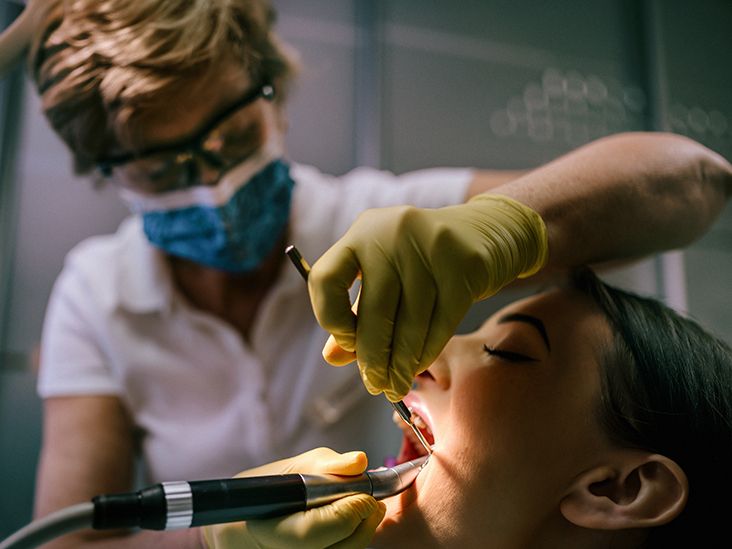Tommie Copper manufactures copper-infused compression clothing and other items, including shirts, leggings, shorts, sleeves, and socks. The company says its products help relieve pain and swelling, as well as aid in muscle recovery, among other things.
Do Tommie Copper products work? They might. But this is due to the compression, not the copper.
This article looks at the company's claims about its compression clothing, medical research behind copper and compression, and what you should consider before buying Tommie Copper items.
Tommie Copper Products
The therapeutic copper compression (TCC) used in Tommie Copper products combines a patented 56% copper-infused nylon yarn with a proprietary multi-directional compression technology. This puts copper directly at the site of pain or injury.
Tommie Copper compression wear includes compression sleeves for the:
- Ankle
- Calf
- Knee
- Wrist
- Elbow
Its wide range of copper-infused apparel includes:
- Compression tops and bottoms
- Fingerless and full-finger compression gloves
- Underwear
- Tights
- Calf and crew socks
Tommie Copper also has products designed for back support, as well as a branded line of mattresses.
Tommie Copper's Claims
Tommie Copper promotional materials state that copper has been used for thousands of years to help:
- Reduce inflammation
- Grow and sustain connective tissues
- Aid in blood flow and oxygen transport
But the research about the benefits of wearing copper items does not support their use.
There is support for the benefits of compression, however.
Deceptive Advertising
In the United States, it's illegal to advertise products with unsubstantiated medical claims. Tommie Copper has been penalized for making false claims about the benefits of it's copper-infused fabric.
In 2015, the Tommie Copper company paid $1.35 million to settle Federal Trade Commission charges of deceptive advertising. They've since changed the way they market their products.
However, they still use copper-infused fabric, likely capitalizing on the fact that many people believe copper does ease arthritis pain.
What Research Says About Copper
Researchers have long studied the effects of copper on inflammatory conditions. The idea that they might help comes from a pair of mid-19th century hypotheses.
The first idea is that arthritis involves a copper deficiency. Some research supports this.
The second hypothesis was that the body may absorb copper from items worn against the skin. Over the past century, multiple studies have concluded this doesn't work—copper bracelets are ineffective at relieving arthritis pain.
Claims that they work may be due to the placebo effect. It may also be that people tend to try new "treatments" when their symptoms are especially bad. When they happen to improve on their own, it's easy to conclude that the new approach worked.
If you have arthritis and your healthcare provider discovers a copper deficiency, you're likely better off increasing copper through supplements than hoping to leach a therapeutic amount from a bracelet or garment.
Benefits of Compression
While the claims about the benefits of copper lack support, Tommie Copper products can still help because of their compression.
Compression has long-established medical uses. It's known to ease swelling by restricting blood flow and fluid build-up. Less swelling generally means less pain.
A lot of people use products like arthritis compression gloves to help with symptom management. Compression bandages are commonly used in first aid and compression is part of the R.I.C.E. approach to treating injuries.
What to Consider Before Buying
Talk to your healthcare provider before trying Tommie Copper or any other compression garments. Compression may not be recommended in some situations.
If you get the OK to use a compression product, know that there are a range of these on the market.
Tommie Copper products are fairly expensive—many garments cost between about $70 and $100, according to the website. A single pair of men's ankle-length compression socks goes for almost $25.
You may be able to find comparable compression garments for significantly less.
Finding Your Size
Size charts are available on the Tommie Copper website. Fit is important, as a loose garment can't provide adequate compression.
Tommie Copper Guarantee
According to the website, Tommie Copper offers a 60-day, no-questions-asked, money-back guarantee. It's important to note that the time starts the day your order ships, not the day it arrives.
So, if you do decide to try Tommie Copper products, keep this guarantee in mind in case you're disappointed.
Summary
Tommie Copper offers compression garments made from copper-infused fabric. Research has shown that copper against the skin is ineffective for treating arthritis symptoms.
Compression garments can help lower inflammation and the pain it causes, so these garments may be effective in that regard. However, they're much more expensive than some similar products.
Verywell Health uses only high-quality sources, including peer-reviewed studies, to support the facts within our articles. Read our editorial process to learn more about how we fact-check and keep our content accurate, reliable, and trustworthy.
Federal Trade Commission. Tommie Copper to pay $1.35 million to settle FTC deceptive advertising charges.
Strecker D, Mierzecki A, Radomska K. Copper levels in patients with rheumatoid arthritis. Ann Agric Environ Med. 2013;20(2):312-316.
Arthritis Foundation. Magnets, copper don't ease arthritis pain.
Richmond SJ, Gunadasa S, Bland M, Macpherson H. Copper bracelets and magnetic wrist straps for rheumatoid arthritis--analgesic and anti-inflammatory effects: a randomised double-blind placebo controlled crossover trial. PLoS ONE. 2013;8(9):e71529. doi:10.1371/journal.pone.0071529
van den Bekerom MP, Struijs PA, Blankevoort L, Welling L, van Dijk CN, Kerkhoffs GM. What is the evidence for rest, ice, compression, and elevation therapy in the treatment of ankle sprains in adults?. J Athl Train. 2012;47(4):435-443. doi:10.4085/1062-6050-47.4.14
Thanks for your feedback!



:max_bytes(150000):strip_icc()/CarolEustice_660-13556acdcfe048b1bf6f59a87cc86d99.jpg)







